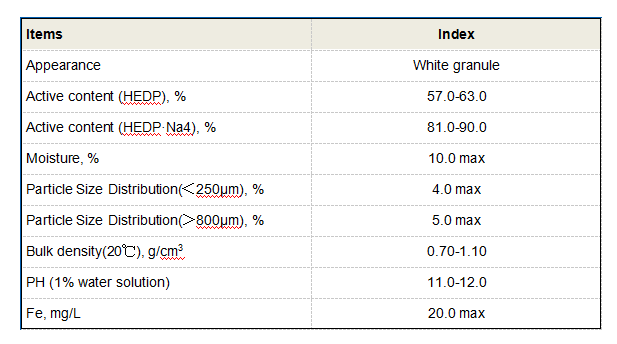cationic polyacrylamide
Cationic Polyacrylamide An Overview of Properties and Applications
Cationic polyacrylamide (CPAM) is a synthetic polymer that has garnered significant attention in various industries due to its unique properties and functional versatility. This article aims to delve into the characteristics, production methods, applications, and environmental impact of cationic polyacrylamide, providing a comprehensive understanding of this important chemical compound.
What is Cationic Polyacrylamide?
Cationic polyacrylamide is a water-soluble polymer made from acrylamide monomers. It contains cationic groups that impart a positive charge to the polymer, making it effective for interaction with negatively charged particles in water. Its chemical structure allows for the formation of high molecular weight polyacrylamides, enabling its use in applications ranging from water treatment to oil recovery.
Properties of Cationic Polyacrylamide
One of the most significant properties of cationic polyacrylamide is its ability to flocculate. Flocculation is the process whereby fine particulates clump together into larger aggregates, facilitating their removal from slurry or suspension. CPAM’s high charge density allows it to destabilize colloidal suspensions effectively, making it invaluable in water purification processes.
Additionally, CPAM exhibits excellent viscosity-enhancing properties, which can improve the performance of drilling fluids and enhance oil recovery. Its solubility in water and biodegradability further contribute to its desirability in various applications.
Production Methods
The production of cationic polyacrylamide typically involves the polymerization of acrylamide with cationic monomers, such as diallyldimethylammonium chloride (DADMAC). This process can be carried out via several methods, including solution polymerization, bulk polymerization, and emulsion polymerization. The choice of method can influence the molecular weight, charge density, and overall performance characteristics of the resulting polymer.
In recent years, advancements in production technology have allowed for the development of environmentally friendly synthesis methods. These processes aim to reduce the environmental impact associated with traditional polymerization techniques by minimizing the use of hazardous solvents and by-products.
Key Applications of Cationic Polyacrylamide
cationic polyacrylamide

Cationic polyacrylamide is widely employed across various sectors
1. Water Treatment CPAM is extensively used in municipal and industrial water treatment. Its flocculating properties help in the removal of suspended solids, organic matter, and pathogens, considerably improving water quality and making it safe for consumption.
2. Paper Industry In the production of paper, CPAM is used as a retention and drainage aid. It helps in retaining fines and fillers, enhancing the overall quality and strength of paper products.
3. Oil Recovery In the oil and gas industry, cationic polyacrylamide is utilized in enhanced oil recovery (EOR) processes. It helps to increase the viscosity of water injected into the oil reservoirs, improving oil displacement efficiency.
4. Cosmetics and Personal Care Due to its film-forming and thickening properties, CPAM is also used in cosmetics and personal care products, enhancing texture and stability.
Environmental Considerations
While cationic polyacrylamide is effective in many applications, its environmental impact is an essential factor to consider. Concerns about the biodegradability of synthetic polymers have led researchers to focus on developing greener alternatives. Efforts are ongoing to produce CPAM that can decompose more easily in the environment, thus minimizing potential ecological harm.
Moreover, continuous monitoring and adherence to environmental regulations during its application ensure that the benefits of cationic polyacrylamide do not come at the cost of environmental degradation.
Conclusion
Cationic polyacrylamide is a versatile polymer that plays a pivotal role in various industries. Its unique properties, ranging from effective flocculation to viscosity enhancement, make it indispensable in applications like water treatment, oil recovery, and the paper industry. As advancements in production technology and environmental consciousness continue to evolve, the future of cationic polyacrylamide looks promising, with renewed focus on sustainability and ecological impact. Through careful management and innovation, CPAM can significantly contribute to improving industrial processes while safeguarding the environment.
-
lk-319-special-scale-and-corrosion-inhibitor-for-steel-plants-advanced-solutions-for-industrial-water-systemsNewsAug.22,2025
-
flocculant-water-treatment-essential-chemical-solutions-for-purification-processesNewsAug.22,2025
-
isothiazolinones-versatile-microbial-control-agents-for-industrial-and-consumer-applicationsNewsAug.22,2025
-
scale-inhibitor-key-solutions-for-water-system-scale-preventionNewsAug.22,2025
-
organophosphonates-versatile-scale-inhibitors-for-industrial-water-systemsNewsAug.22,2025
-
scale-and-corrosion-inhibitor-essential-chemical-solutions-for-water-system-maintenanceNewsAug.22,2025





